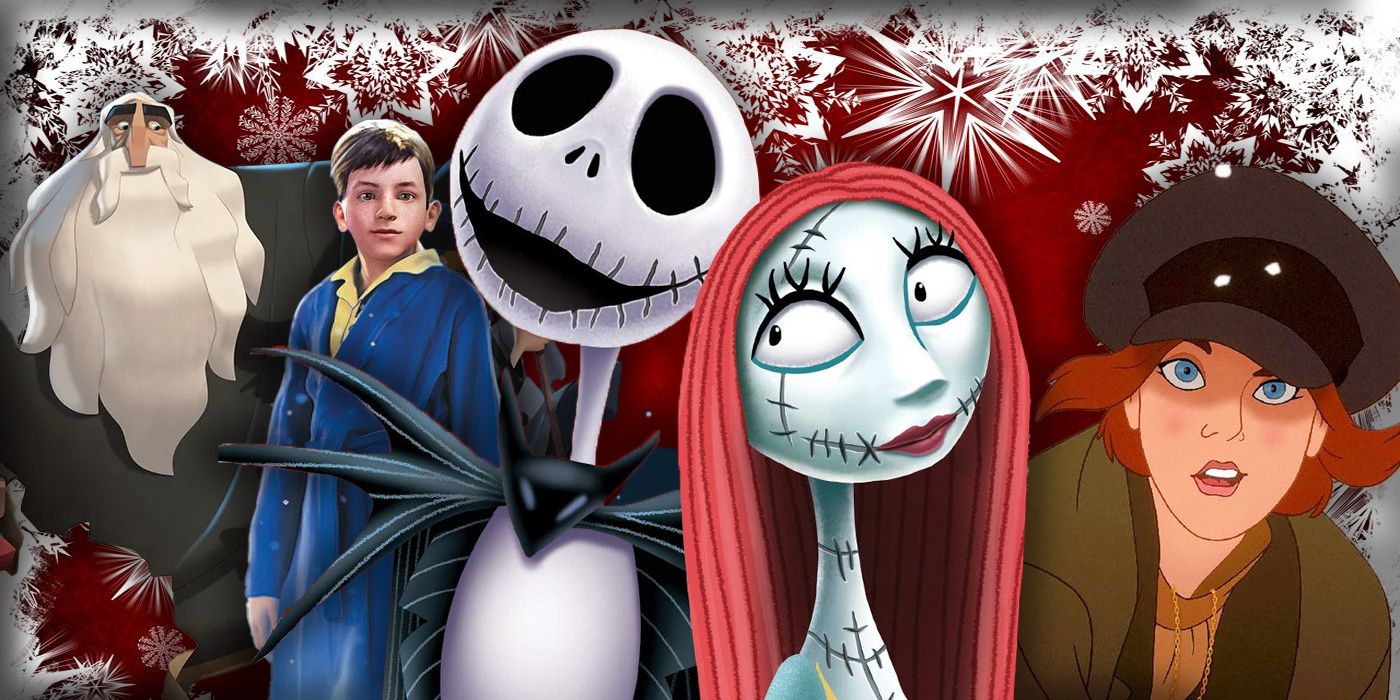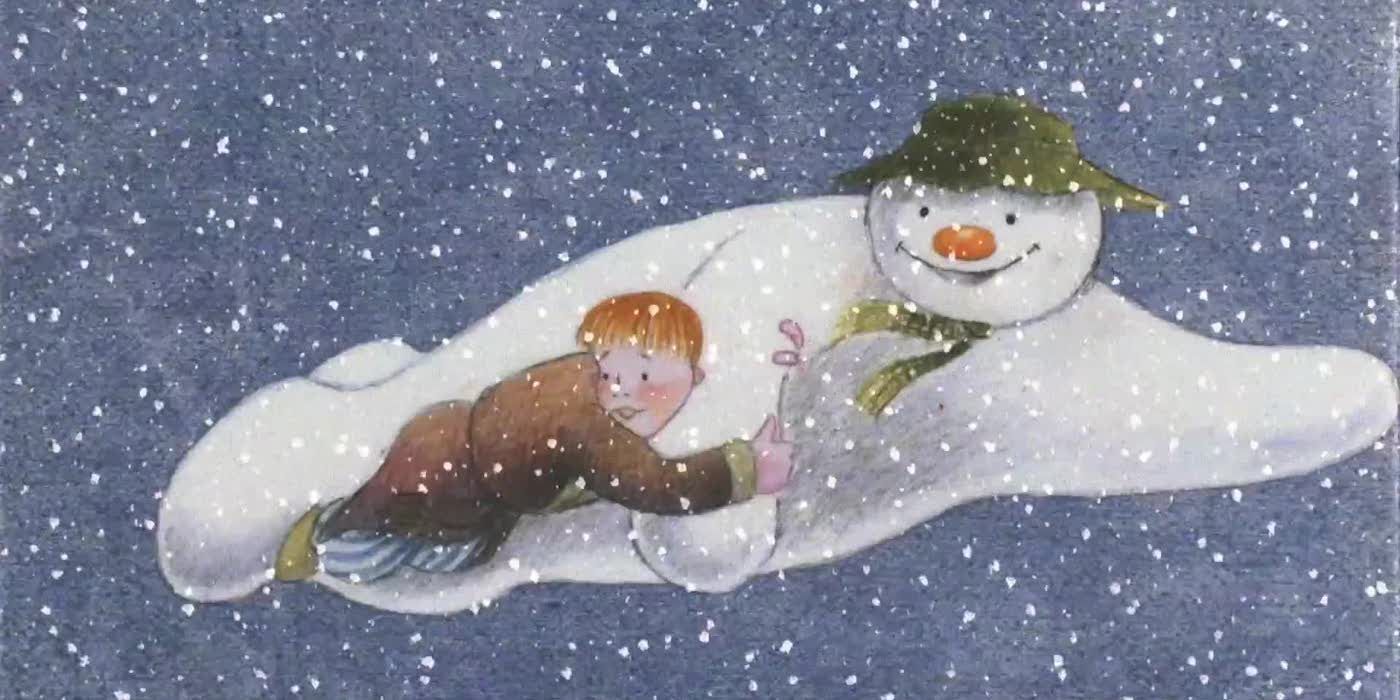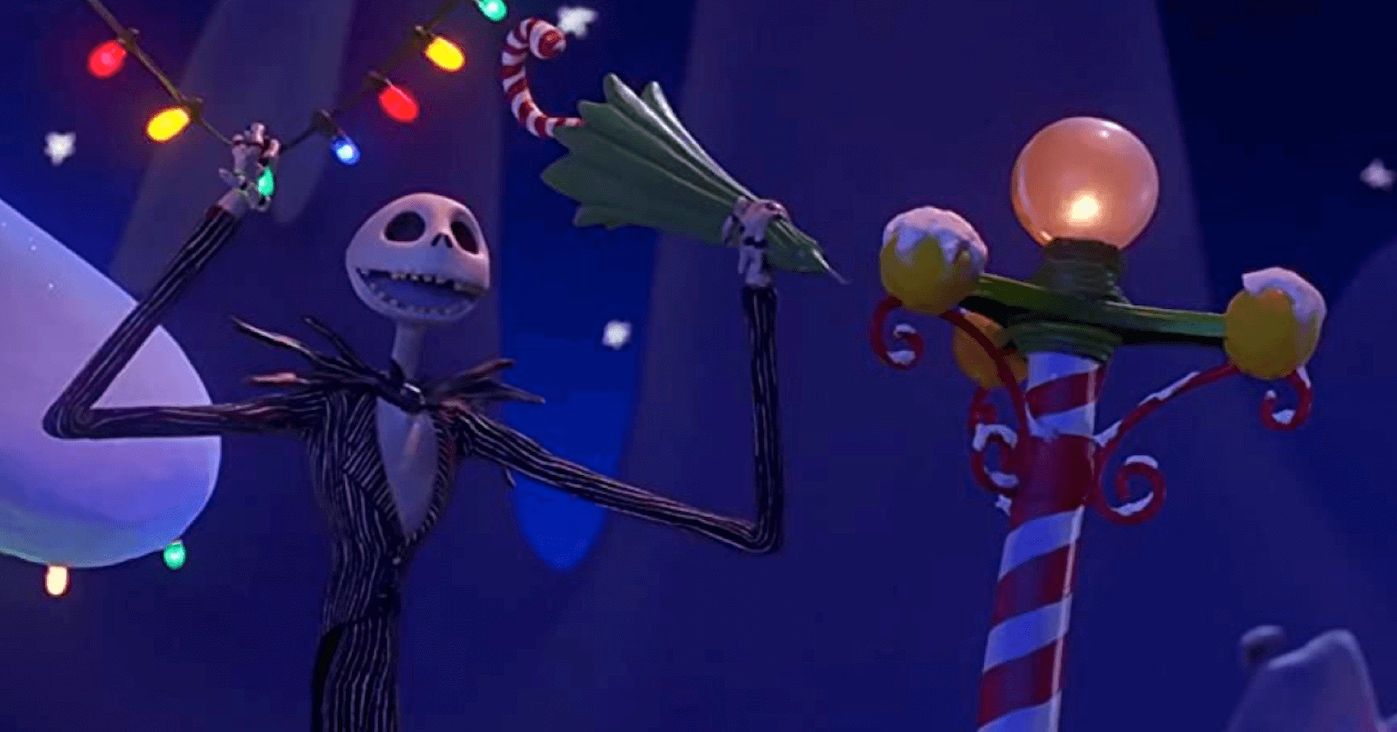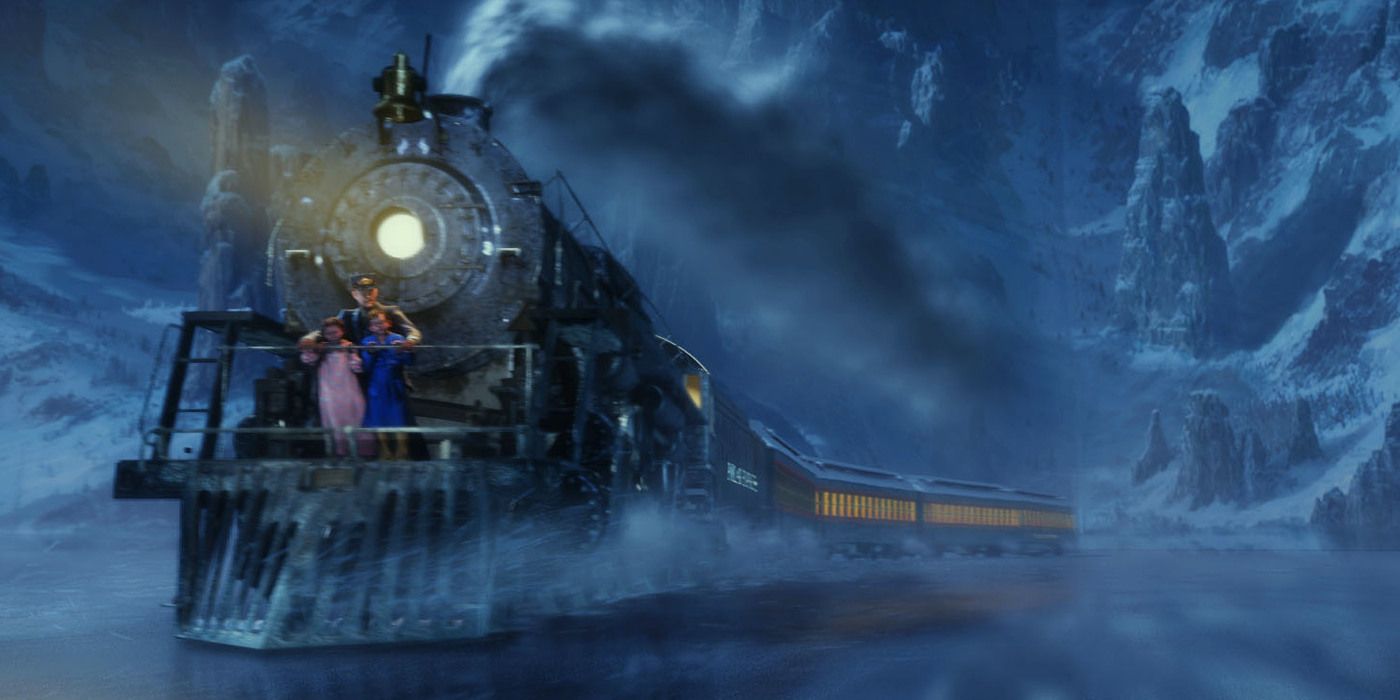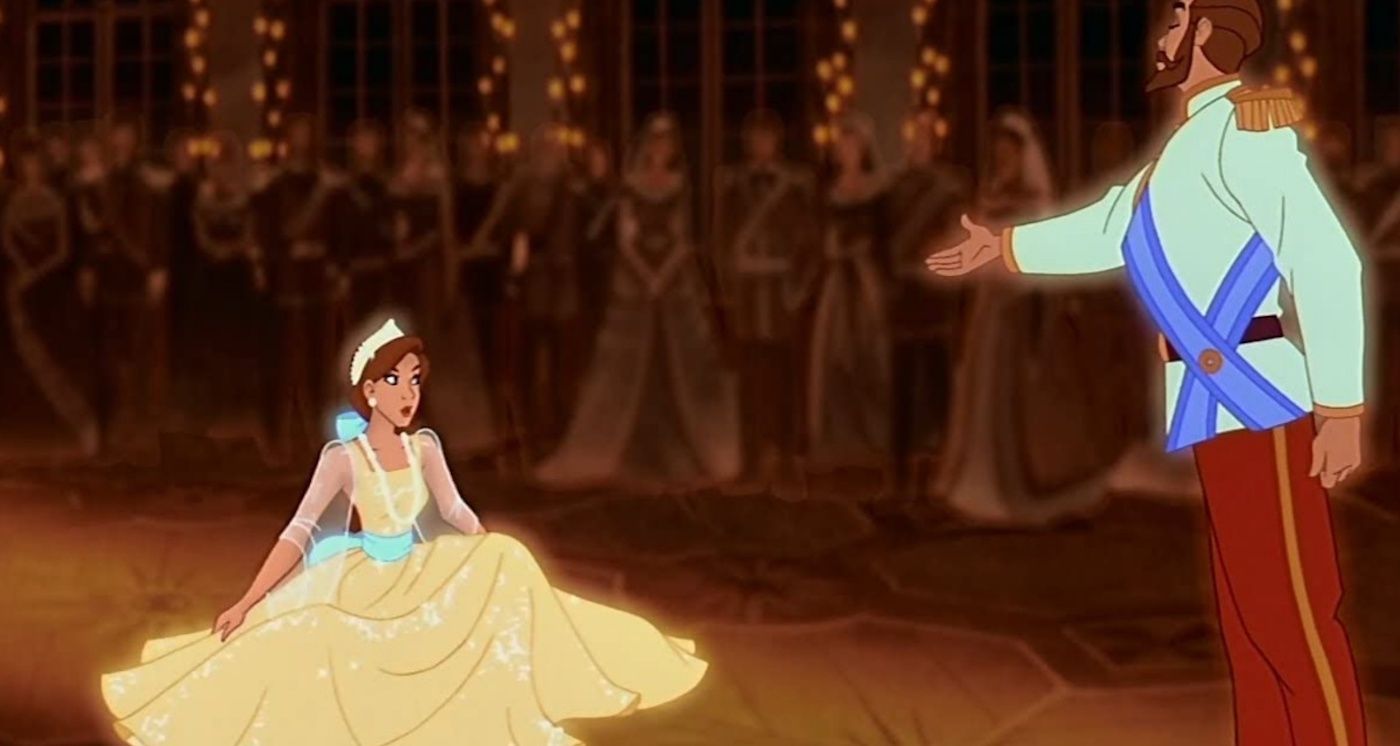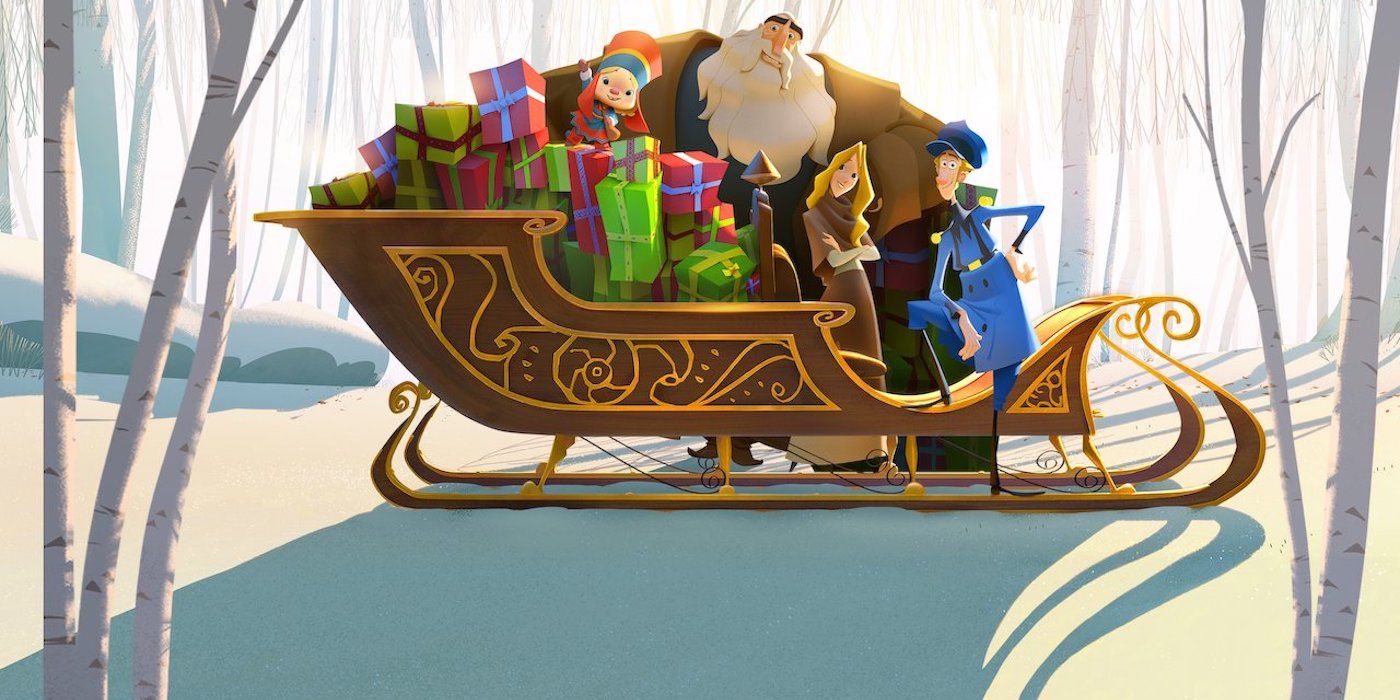With the Winter Holidays starting, so too are the searches for the perfect winter movies to watch this season. When it comes to animated films, there is a plethora to choose from, both old and new, and the list is as long as it is varied. The genre of animated holiday and winter films contains a wide array of animation styles and techniques, alongside its many different stories and themes.
The following is a list of 5 essential animated movies for this winter season from an animator’s perspective; whether it’s innovation and progress that set these animated films apart, or simply the beauty of their artwork, each one deserves to be recognized for the creativity and talent behind its visuals.
The Snowman (1982)
If you grew up in the 80s and early 90s, The Snowman, directed by Dianne Jackson and based off the book by Raymond Briggs, might have been a part of your holiday movie traditions; short, sweet, and a little bit sad, this film is something that many people recall with a healthy dose of bittersweet nostalgia. A young boy awakens to a snowy day and builds a snowman, only for his new friend to come alive that night and take him on a journey across the world, before reality brings an end to their fun. With no dialogue other than its main song, “Walking in the Air” by Howard Blake, the film is the embodiment of the quiet magic of winter.
Hand-animated traditionally on paper, and later traced over with pastels and crayon on celluloid, The Snowman has a sort of weightlessness to it, reminiscent of falling snow; the characters dance across the scene in soft, fluid movements, hypnotic as they move through the hand-drawn backgrounds that make up their world. The “camera movements” of this film are especially noteworthy; without the use of 3D models or digital drawing programs, the backgrounds are animated the same as the characters, which means that every pan across the screen or change of an object’s angle is painstakingly drawn, frame by frame. Yet the world feels real and believable; at no point does it seem as if the viewer is simply looking at a flat piece of paper. Instead, each frame is a painting in and of itself, and the audience is allowed to watch this wonderful story unfold in a wash of mesmerizing colors and beautiful artwork.
The Nightmare Before Christmas (1993)
One would be hard-pressed to find an animator that doesn’t appreciate the artwork of The Nightmare Before Christmas, directed by Henry Selick and produced by Tim Burton. Even those who do not like the film in general still take note of the exhausting process of stop motion, and the creativity behind this film’s cast of visually exciting and eerie characters. Comprised mainly of stop motion animation, with some 2D Animation added for certain effects and details, The Nightmare Before Christmas follows Jack Skellington (voiced by Chris Sarandon and Danny Elfman), the Pumpkin King of HalloweenTown, as he grapples with his feelings of boredom and despair over the monotony of his life. In a sudden twist of events, he discovers a world very unlike his own, a world of Christmas and Winter cheer, and becomes determined to redesign his world in its image.
With over 60 character models, 200 sets, and a three-year production time, The Nightmare Before Christmas was, like most full-length (and even short) stop motion films, a massive undertaking. Stop motion, which in itself comes in many different forms, is one of the more labor-intensive animation techniques, requiring multiple teams of animators, set designers, character fabricators, and more. Unlike with other forms of animation, stop motion has little room for error because the characters and set are physical objects that must be photographed frame by frame to create movement, going back to change a single frame or mistake is extremely difficult, seeing as reshoots require the resetting of characters, sets, lighting, and cameras.
The Nightmare Before Christmas is filled with intricate sets and detailed characters with extreme proportions; the amount of care that went into the film’s creation is evident in every scene. It really does feel that the audience is thrust into a doll house world, that just so happens to be exceedingly creepy and macabre. The characters, though exaggerated and fantastical, are eerily real and scarily believable in how they move and express themselves. The sets, from HalloweenTown to the dark forests that Jack wanders through, feel as big as real spaces, despite being handmade sets small enough to fit in a room. There are so many secrets and hidden details throughout this film that, despite how popular it has become, there is always something new to be discovered upon watching it.
The Polar Express (2004)
Based on the 1985 book by Chris Van Allsburg, The Polar Express, which follows a young boy’s journey to the North Pole via the aforementioned train, is one of the earlier attempts at realistic 3D animation in fully animated films, using motion capture for its characters. Originally intended to be live-action, the decision was made to animate the feature instead. Director Robert Zemeckis, believed that live-action costs too much and takes away from the emotion of the original story and artwork.
The animators of The Polar Express employed the use of motion-capture, aiming to have the characters move more naturally by filming live actors and later animating the footage. The movie has always received mixed reviews because of its animation while some herald The Polar Express as visually stunning and a great example of advancement in the world of realistic 3D animation.
Others believe the film falls a little too far into the “Uncanny Valley”’ with its characters and animation not being life-like enough for what the film was originally trying to achieve. An eeriness seems to pervade the entire film in both its animation and story. Yet, rather than creating something too disconcerting to enjoy, it instead leads to a Christmas story that, while on its surface is filled with joy and faith, also has a layer of complexity and darker undertones. The Polar Express is a film worth seeing, not only for its unique story but also for its dedication to the original book art and its determination to explore an area of 3D animation that was still coming into its own. Whether or not it was successful is something of personal opinion, but it can’t be denied that the film as a whole is visually captivating.
Anastasia (1997)
Loosely based on the story and legend of the Russian Grand Duchess, Anastasia Romonov, this film is filled with the signature animation style of Don Bluth, who co-directed the movie alongside Gary Goldman. Wintry and fanciful, the story of this film is certainly much lighter than the legend it draws inspiration from, following the supposed only survivor of the Romanov's, Anastasia (voiced by Meg Ryan and Liz Callaway). Battling amnesia and an imaginative interpretation of Rasputin (voiced by Christopher Lloyd and Jim Cummings), the young woman is unceremoniously pulled into the politics and schemes of those trying to win the reward for returning Anastasia to her grandmother.
Where The Polar Express employed the use of motion capture to create realistic movement in its characters, much of the character animation of Anastasia is rotoscoped: the process of filming live actors and tracing over the footage frame by frame. This technique is not unique to Anastasia; many early Disney films, such as Snow White, used rotoscoping to animate their human characters, and many of Don Bluth’s films also contain rotoscope animation. The rotoscoping in Anastasia is most evident during dance scenes; the characters’ movements are more precise and a bit stiff compared to the traditionally animated parts of the movie that didn’t use live-action footage of actors. Yet, this stiffness does not detract from the scenes in which rotoscope is used; instead, the dancing feels real, because, in essence, it is.
The only parts that some may point out as a negative to the film’s use of rotoscope is the faces of the characters, which, at times, feel a bit too real; more lines than what would usually be used in an animated character lead to a strange mix of realism and cartoon. However, this quirk is common among many Don Bluth films and should be considered more of a stylistic attribute of his work rather than a unique detail to Anastasia. Overall, Anastasia is both a wonderful winter film and also a great introduction to the animation of Don Bluth, giving the audience a chance to experience a non-Disney animated princess film.
Klaus (2019)
Directed by Sergio Pablos, Klaus is an award-winning Spanish film in the English language that seeks to explore a new take on both Santa Claus and 2D Animation. An alternate version of the origin story of a holiday icon, Klaus is a step away from the traditional and a foray into the innovative as it explores the adventures of a lazy postman and a reclusive toymaker.
The film is traditionally animated, frame by frame, but takes inspiration from the 3D animation, looking to overcome some of the challenges that 2D animation comes with; the animators and artists turned to volumetric lighting and texturing, to give the film a unique yet organic look, as well as a multitude of visual styles. The goal was to make the characters feel more a part of the world they inhabited rather than flat drawings.
As a result, Klaus is a 2D animated film with a 3D presence; the characters have a fullness to them and are, at times, reminiscent of cel-shaded video game characters, such as those in Nintendo’s The Legend of Zelda: Breath of the Wild or Telltale’s The Walking Dead. It’s an interesting and beautiful example of how 2D animation can evolve and adapt to a world that, when it comes to film, currently prefers 3D. The film is filled with beautiful art that compliments a unique story, and, despite being relatively young compared to the other movies on this list, it has certainly proven itself to be an essential part of the world of animated winter movies.

